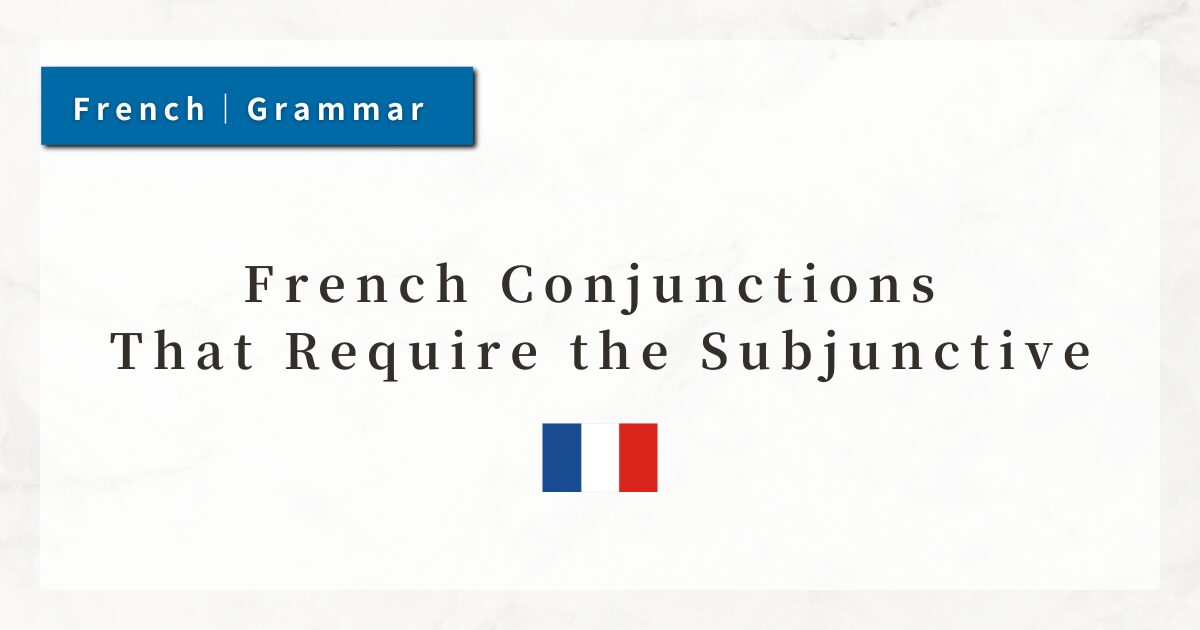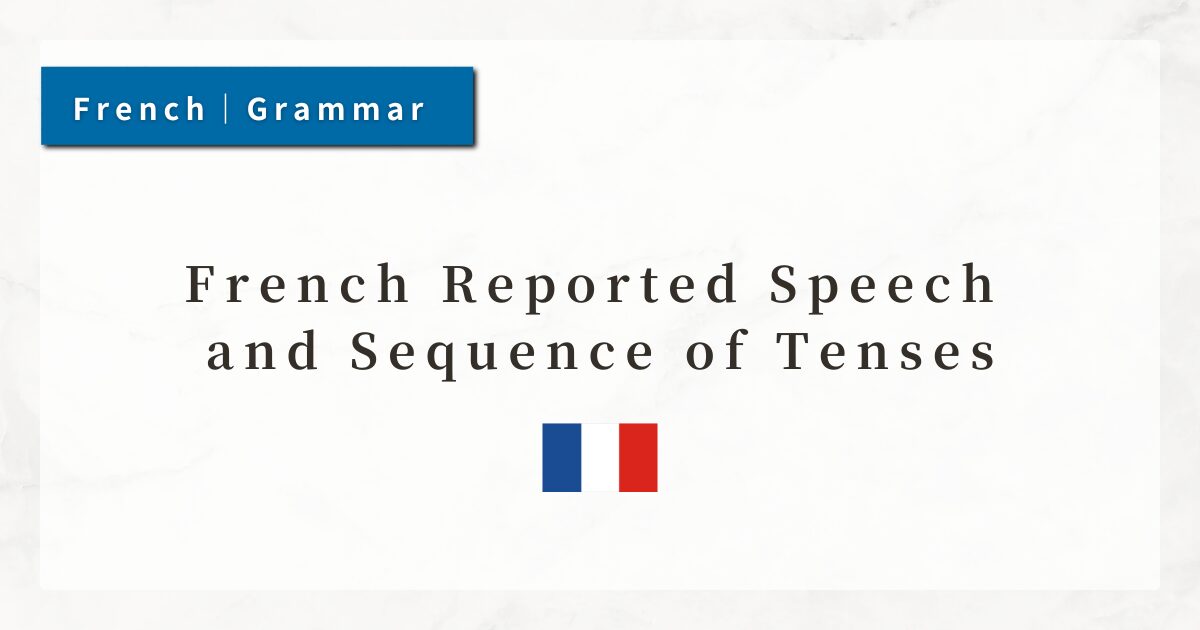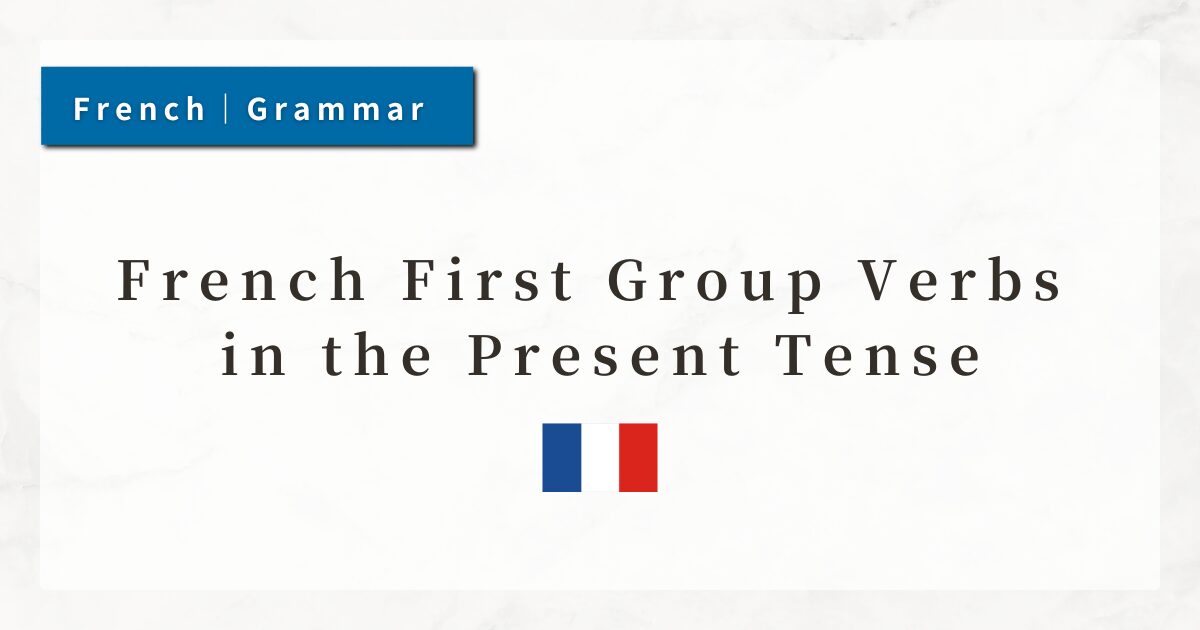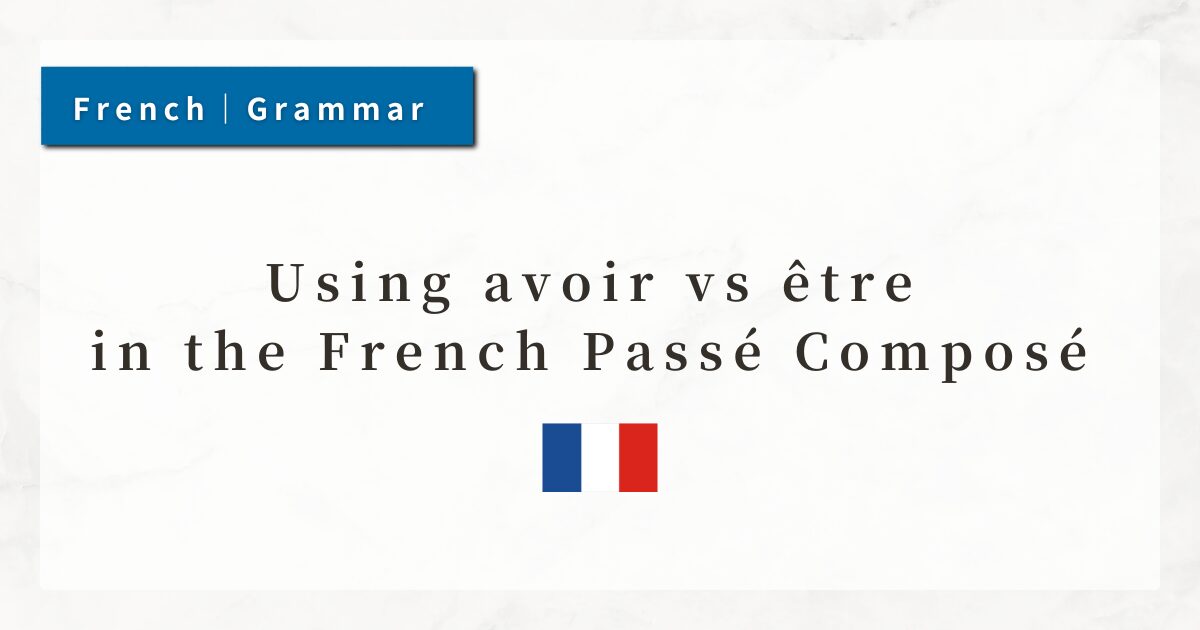#72 French Imperfect Subjunctive (subjonctif imparfait) | Usage and Rules
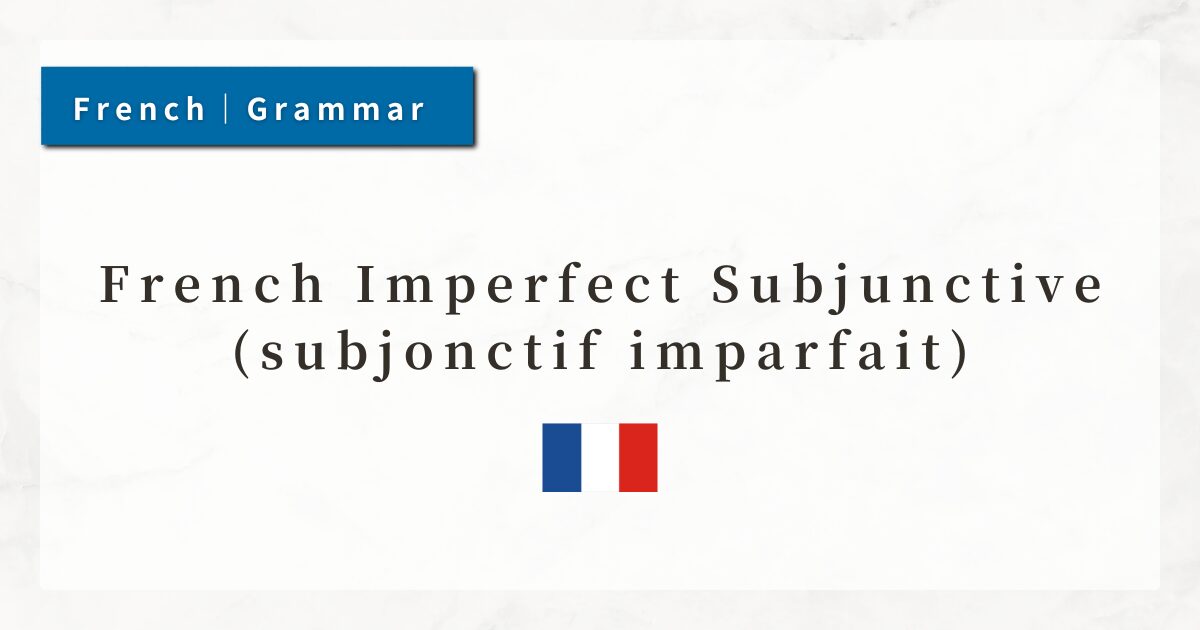
The French subjonctif imparfait is a form of the subjunctive mood used in subordinate clauses within a past context. However, in modern French it is almost never used. In both spoken language and ordinary writing, the subjonctif présentis normally used instead.
That said, the subjonctif imparfait still appears in novels, plays, classical literature, and legal documents. For this reason, understanding its structure is important for improving reading comprehension.
In this lesson, I will explain how the subjonctif imparfait is formed and used.
1. The Role of the Subjonctif Imparfait
The subjunctive is used in subordinate clauses to express emotion, desire, doubt, necessity, or judgment.
In modern French, the present subjunctive (subjonctif présent) is most commonly used. But when the main clause is in the past tense, literary French sometimes aligns the subordinate clause with the past by using the subjonctif imparfait.
- Il voulait que je parlasse.
(He wanted me to speak.) - Elle doutait qu’il fût honnête.
(She doubted that he was honest.)
In everyday French, these would instead be expressed with the present subjunctive: parle / soit.
Thus, the subjonctif imparfait is best understood as a formal device for “tense agreement” or for giving a literary, elevated tone.
2. How to Form the Subjonctif Imparfait
The subjonctif imparfait is formed by taking the third-person plural stem of the passé simple (simple past) and adding the subjunctive imperfect endings.
Endings of the Subjonctif Imparfait
- -sse
- -sses
- -^t (accented t form)
- -ssions
- -ssiez
- -ssent
parler (to speak) → ils parlèrent → stem parl-
- que je parlasse
- que tu parlasses
- qu’il/elle parlât
- que nous parlassions
- que vous parlassiez
- qu’ils/elles parlassent
finir (to finish) → ils finirent → stem fin-
- que je finisse
- que tu finisses
- qu’il/elle finît
- que nous finissions
- que vous finissiez
- qu’ils/elles finissent
avoir (to have) → ils eurent → stem eu-
- que j’eusse
- que tu eusses
- qu’il/elle eût
- que nous eussions
- que vous eussiez
- qu’ils/elles eussent
être (to be) → ils furent → stem fu-
- que je fusse
- que tu fusses
- qu’il/elle fût
- que nous fussions
- que vous fussiez
- qu’ils/elles fussent
3. Uses of the Subjonctif Imparfait
3-1. Tense Agreement
When the main clause is in the past tense, the subordinate clause may take the subjonctif imparfait for formal tense agreement.
- Il fallait qu’elle réussît.
(She had to succeed.)
In modern French: Il fallait qu’elle réussisse. (present subjunctive).
3-2. Literary or Formal Style
The subjonctif imparfait is used in novels or plays to create an elevated or formal tone in past narration.
- Il parlait comme s’il fût roi.
(He spoke as if he were king.)
3-3. Literary Conditional Clauses
In classical literature, it sometimes appears in combination with the past conditional.
- Si j’eusse su, je ne serais pas venu.
(If I had known, I would not have come.)
In modern French: “Si j’avais su, je ne serais pas venu.”
4. Difference from the Present Subjunctive
In terms of meaning, there is virtually no difference between the subjonctif présent and the subjonctif imparfait. The distinction lies in tense and register:
- Subjonctif présent:
Standard modern French; used in speech and general writing. - Subjonctif imparfait:
Restricted to literary, classical, and legal texts.
In modern usage, the subjonctif imparfait is rarely employed. For learners, it is primarily important for reading comprehension.
Learning just the forms of frequently used verbs (être, avoir, faire, dire, aller, venir, etc.) is often sufficient.
5. Summary
- The subjonctif imparfait is a past tense of the subjunctive, used in literary French to mark tense agreement.
- It appears mainly in classical and formal texts; in modern French, the present subjunctive is used instead.
- Formation
→“passé simple third-person plural stem + imperfect subjunctive endings.” - Its meaning is essentially the same as the present subjunctive, but it carries a literary or formal nuance.
- For learners, the goal is not active use but the ability to recognize and understand it in reading.

